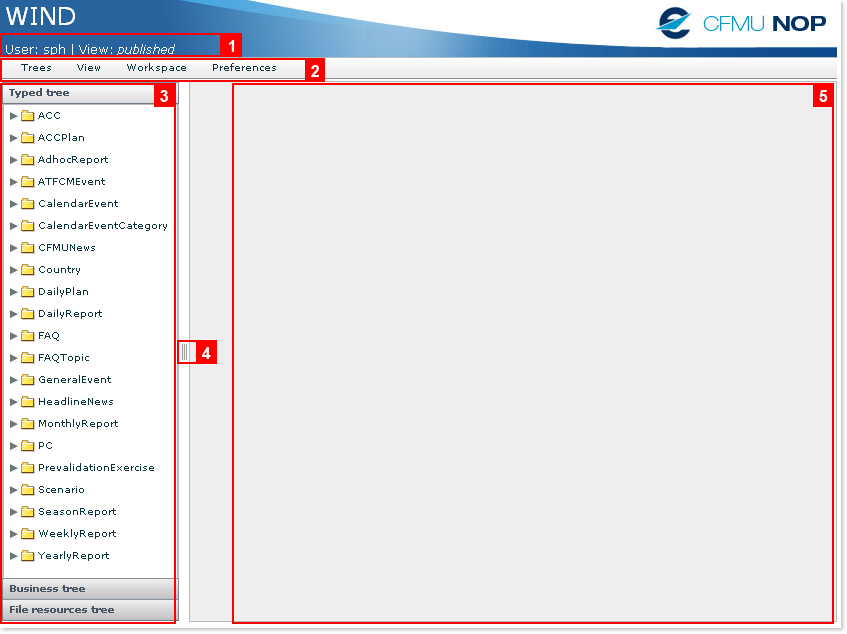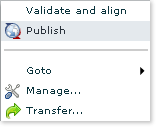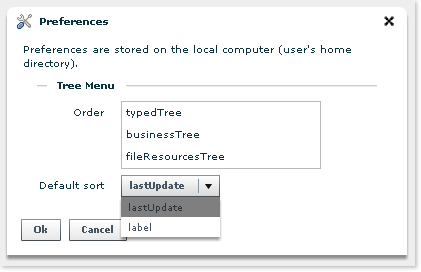In order to enable continuation of WIND usage, two procedures are available to you:
- First-time Access Procedure
This process allows you to configure your system for future usage and prevent the application from prompting you to follow you these steps again.The next time you open WIND, it will suffice to follow the instructions in the next Normal Access Procedure section. - Normal Access Procedure
The process you will be following once the regular access settings have been created in the First-time Access Procedure.
CONTINGENCY
You need to perform the First-Time Access procedure on both virtual machines: SSPTS010 in Haren for normal OPS service, and SSPTS210 in Bretigny for contingency OPS service.
The URL to the contingency server will normally be https://www.contingency.nm.eurocontrol.int/PUBLISH/gateway/spec/index.html
This information is however indicative and does not overrule any other documentation issued in case of the application of the contingency plan.
The WIND editor opens in a new browser window (or browser tab, depending on your browser make and configuration) containing the WIND Application.
By default, the WIND Editor opens as shown below:

1 User & View
The User field displays the username with which you have logged in to the Portal.
The View field tells you which view is currently selected. By default, if you will not already have created a new View or opened an existing one, it will be set to 'published'. This means that the WIND content is displayed to you as it is currently published on the Portal.
The View concept is developed here.
2 Menu Bar
The Menu Bar proposes different means and options to interact with WIND: Trees, View, Workspace and Preferences.
Trees
The Trees menu reveals two commands, Refresh Data and Purge File Resources

- The Refresh Data command will cause the window to reload and display any changes occurred to the status of the elements displayed in the current tree.
- The Purge File resources command will remove all unused external elements (pictures, documents, ...) present in the File resources folders that are not referred to or linked to from any WIND entity
View
The View menu reveals five commands, Validate and align, Publish, Goto, Manage... and Transfer...

Get more details on these commands here.
Workspace
The Workspace menu reveals two commands, Close every window and Show window.

- The Close every window command causes all windows opened in the Main Display panel to close simultaneously.
- The Show window command will display the list of all (if any) windows opened in the Main Display, allowing you to select which one you wish to have on top of the others - typically to view or edit its content. This is of course of special interest when you have opened several windows in the same view.
Preferences
Lastly, the Preferences menu reveals a single command, Options...

The Options command opens the dialog window shown below, where you can define the preferred order in the Tree menu, as well as the default sorting order within the trees:

To modify the order of appearance in the Tree Menu, drag a selected item and drop it to its desired position.
You can change the Default sort beteween the lastUpdate and label - or more simply expressed, by date or by name.
3 Navigation Tree
The Navigation Tree is divided in three 'Accordion' type sections, each one with its own purpose:
- The Typed tree groups all the WIND entities by type - this is the 'logical' way the Portal content is grouped. However, you might not wish to see all of these elements, or see them in another way better fitting your own needs...
- ... and this is the purpose of the Business tree, allowing you to organize your own WIND entities in your own way, inside you own folders and subfolders.
- Lastly, the Files resources tree holds all the resources (images, imports of all sorts, ...) in a structured file system. Here also, you can create you own folders and subfolders, import and manage external files to be used within or linked to from the Portal.
4 Resize Handle
Drag the Resize Handle left or right to expand or narrow the Navigation Tree.
5 Main Display
This is where the WIND entities will open.